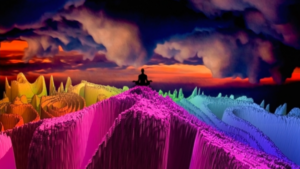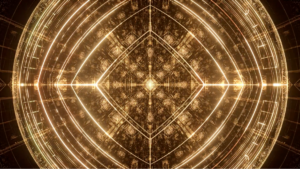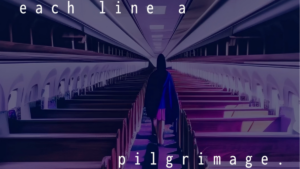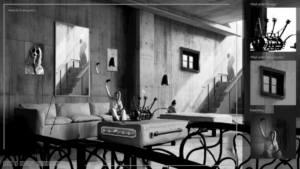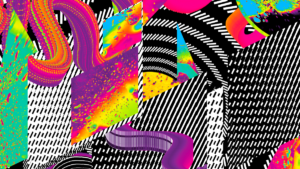In our podcast conversation artist sgt_slaughtermelon, we touched upon the gravitational pull of two seemingly contrary forces – constancy and change — and the quest to balance these elements in one’s creative journey. The artist’s dilemma here described is the divide between the familiar shores of consistency (i.e., remaining faithful to and recognizable by one’s signature style(s)) and the uncharted waters of innovation.
Constancy, the hallmark of a recognizable style, calls to mind the Impressionist visions of Monet’s Water Lilies series, where the same theme takes on subtly different hues with the changing light of each new day, much like the nuanced progression of an artist’s journey. It echoes in the distinctive lines and angles of Picasso’s Cubist portraits, as consistent and identifiable as an artist’s signature.
Still, innovation and reinvention are necessary elements of a creative life, fueling the progression of art movements and shaping the evolution of individual creators. The Beatles’ creative journey charted them from Liverpool skiffle band to Hamburg blues rock band to globally adored pioneers of psychedelic pop. And, of course, Picasso is identifiable by at least half a dozen distinct styles.
In this light, I invite you to step into the intersection of art and introspection, as we explore the thoughts of artists who have navigated this terrain.
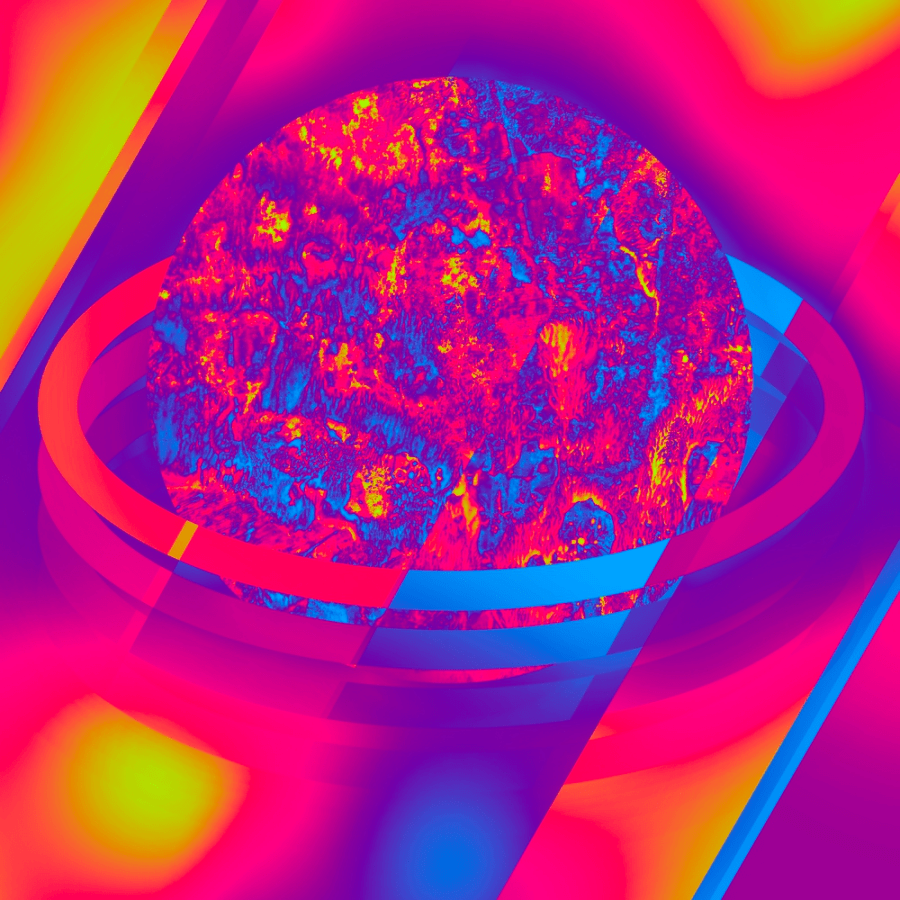
The Importance of Consistency
“I aim to make each series as good as I can, trusting that my artistic intuition will serve as the unifying element.”
— sgt_slaughtermelon
In the symphony of artistry, consistency plays a pivotal role akin to the recurring melodies in a musical masterpiece. It is the discernible leitmotif that weaves a cohesive narrative throughout an artist’s oeuvre.
Consider Vincent van Gogh, whose work encompasses a range of diverse subjects but whose brushwork and thoughtfully imprecise style are nonetheless unmistakable, no matter if he’s painting a city street, a vase of flowers, or a self-portrait.
In a more contemporary context, consider Haruki Murakami whose recurrent themes of solitude, music, and the surreal echo through his work, no matter the plot, character, or setting.
Even Bowie, racking up innumerable plaudits for self-reinvention, never escaped his voice or his taste.
Artistic consistency fosters the connection between the creator and their audience. It’s the recognizable brushstrokes, the consistent narrative themes, or the characteristic chord progressions that allow audiences to connect an artist’s name to a type of feeling or experience.
This isn’t a call for monotonous repetition. It’s a description of the distinct artistic signature that is inevitable in an artist true to themselves, an enduring echo of the creator’s essence that permeates their work.
To some extent this is unavoidable. Many of the world’s most restless artists rarely if ever put out work that didn’t feel in some essential way like them. That said, just like a skilled painting forger, the capacity for an artist in the digital era to be prolific without contributing their own voice is easier than ever, hence this article.
The challenge, then, is to balance this pursuit of consistency — burrowing deeper and deepr into an unmistakably you style — with the thirst for innovation, a dance that lies at the heart of the artistic journey.
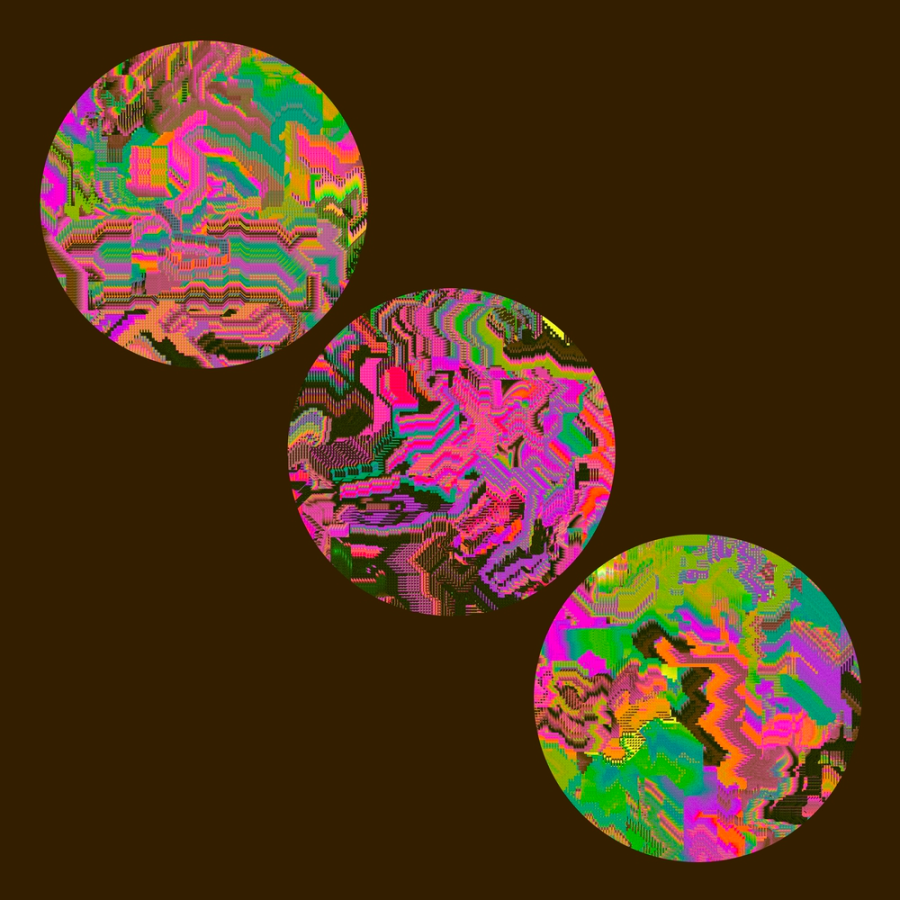
The Need for Innovation
“Focus on personal growth before expecting to create good art.”
— sgt_slaughtermelon
Innovation, the driving force behind artistic progress, lies at the heart of the creative spirit. It is a manifestation of our inherent curiosity, pushing us to seek new perspectives and transcend the confines of the familiar. As Dorothy Parker put it, “Creativity is a wild mind and a disciplined eye.”
Pablo Picasso — painter, sculptor, printmaker, ceramicist, and stage designer — is perhaps the prime example of an artist who dramatically changed styles early in his career. Picasso started with a realistic approach, a period often referred to as his “Blue” and “Rose” periods, where his work was dominated by monochromatic paintings in shades of blue and rose.
In the early 1900s, he shifted radically towards a more abstract style, co-founding the Cubist movement and inventing constructed sculpture and collage as artistic processes. This shift was a testament to Picasso’s courage and willingness to innovate, step beyond the familiar, and delve into uncharted artistic territories.
American modernist Georgia O’Keeffe started as an abstract artist, creating innovative and large-scale interpretations of flowers, skyscrapers, and landscapes. But midway through her career, after moving to New Mexico in the late 1920s, her style significantly transformed.
She began to paint the rugged southwestern landscape and its distinctive architectural and botanical features, resulting in a more representational and unique style that combined abstraction with precise, almost photographic, detail.
Japanese artist Katsushika Hokusai, known for his ukiyo-e paintings and prints, is a perfect example of an artist who dramatically changed styles quite late in his career.
Hokusai’s most famous work, The Great Wave off Kanagawa, created when he was in his 70s, was part of his Thirty-Six Views of Mount Fuji series, which marked a departure from his traditional ukiyo-e art towards a style that incorporated elements of Western art, particularly in the use of perspective and color. This late-career shift underlines the idea that it’s never too late for an artist to innovate and redefine their creative voice.
These artists, each at different stages of their careers, serve as powerful examples of how personal growth and innovation go hand in hand. The creative journey is not a static process, but a dynamic evolution fueled by our willingness to explore, experiment, and continually redefine our artistic boundaries.
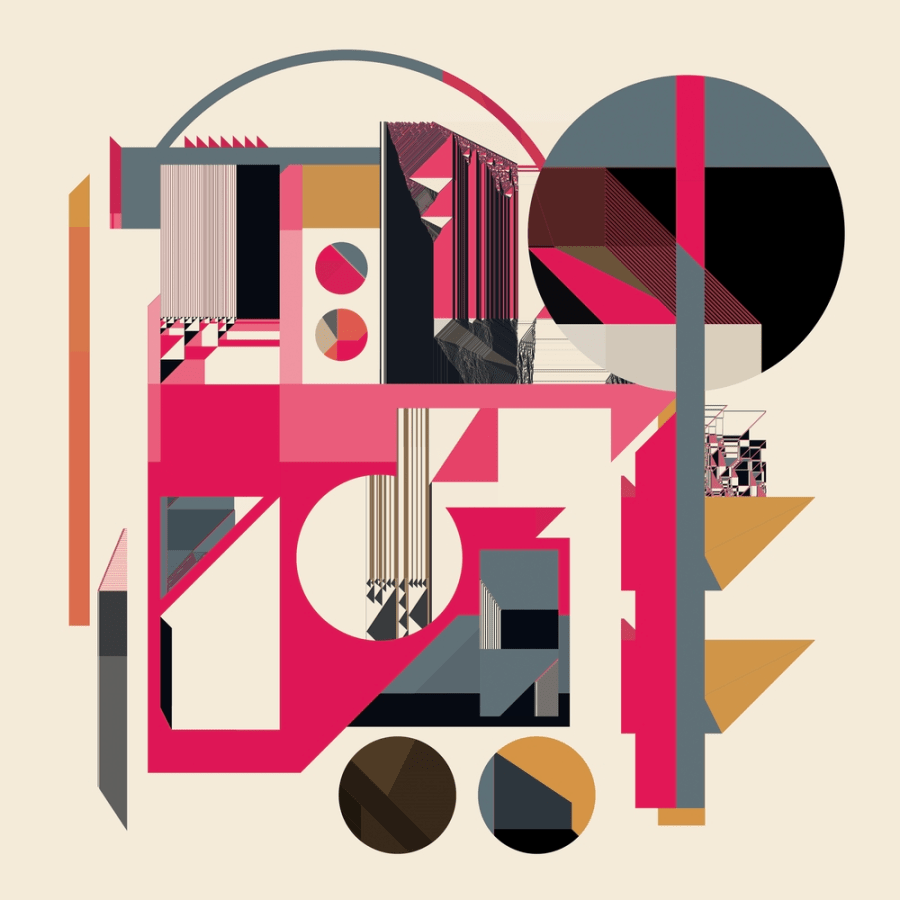
Striking the Balance: Practical Strategies
As artists, the dance between the comfortable rhythm of our signature style and the thrill of innovative expression can seem a precarious one. Yet, a few strategies can help us embrace both consistency and eclecticism, letting these seeming opposites enrich our creative journey.
Working in Series: This approach enables us to maintain a recognizable style within each series, while our overall portfolio reflects the breadth of our creative exploration. Each series becomes a cohesive, identifiable set, while innovation is woven throughout our body of work.
Blending Old and New: We can fuse new techniques into our established style, nurturing innovation within familiar confines. Katsushika Hokusai’s marriage of Western elements to traditional ukiyo-e is an exemplary case.
Personal Growth as Inspiration: As our life experiences shape us, they can shape our art, too. Just as Georgia O’Keeffe’s relocation to New Mexico breathed new life into her style, our personal evolution can bring about artistic transformation.
Embracing Gradual Evolution: Instead of abrupt changes, we can incorporate new elements gradually into our work. As Picasso’s style evolved from his Blue and Rose periods to Cubism, so too can our style evolve over time, unfolding with the narrative of our journey.
Experimental Side Projects: Here, we are free to experiment, devoid of our main work’s constraints. These spaces for exploration allow us to experiment without the pressure of our established style. Elements from these projects can then be woven into our main work, bridging the gap between the familiar and the new.

Conclusion: The Dance of Consistency and Eclecticism
“If my intuition fails to maintain consistency, then it would be hard for me to trust myself to explore new territories.”
— sgt_slaughtermelon
Consistency grounds us, providing a familiar point of reference that grants the courage to explore the unknown. It’s a launch pad, a base, providing the foundation to venture into innovative spaces.
Innovation inspires growth and renewal, allowing us to venture beyond the familiar and constantly reshape our creative universe. It requires audacity, a willingness to question the norm, and embrace uncertainty.
The task is not about choosing between consistency and innovation but learning to dance elegantly between them. Ultimately, maintaining this balance speaks to the dynamic essence of creativity, a journey that enriches both the artist and their work, evolving continuously, forever exploring, and unceasingly expanding.
For updates on all of our content and artist features, subscribe to our newsletter below.
- SEO Powered Content & PR Distribution. Get Amplified Today.
- PlatoAiStream. Web3 Data Intelligence. Knowledge Amplified. Access Here.
- Minting the Future w Adryenn Ashley. Access Here.
- Buy and Sell Shares in PRE-IPO Companies with PREIPO®. Access Here.
- Source: https://rare.makersplace.com/2023/06/01/sgt_slaughtermelon-on-consistency-vs-eclecticism/?utm_source=rss&utm_medium=rss&utm_campaign=sgt_slaughtermelon-on-consistency-vs-eclecticism
- :is
- :not
- :where
- $UP
- 1
- 2022
- 9
- a
- About
- ABSTRACT
- abstraction
- After
- aim
- All
- allow
- Allowing
- an
- and
- approach
- architectural
- ARE
- Art
- article
- artist
- artistic
- Artists
- AS
- At
- audience
- audiences
- Balance
- BAND
- base
- BE
- becomes
- before
- began
- behind
- below
- between
- Beyond
- blockchain
- Blue
- Blues
- body
- both
- boundaries
- Bowie
- breadth
- bridging
- bring
- but
- by
- call
- Calls
- CAN
- Capacity
- Career
- careers
- case
- challenge
- change
- changed
- Changes
- changing
- character
- characteristic
- choosing
- City
- cohesive
- color
- combined
- comfortable
- Connect
- connection
- Consider
- consistent
- constantly
- constraints
- contemporary
- content
- context
- continually
- continuously
- contrary
- contributing
- Conversation
- course
- create
- created
- Creating
- Creative
- creativity
- creator
- creators
- Cubism
- curiosity
- dance
- day
- deeper
- described
- description
- Designer
- detail
- different
- digital
- disciplined
- distinct
- distinctive
- diverse
- dozen
- dramatically
- driving
- dynamic
- e
- each
- Early
- easier
- echo
- element
- elements
- embrace
- enables
- encompasses
- enduring
- enrich
- Era
- essence
- essential
- established
- EVER
- evolution
- evolve
- evolving
- example
- examples
- expanding
- expecting
- experience
- Experiences
- experiment
- exploration
- explore
- Exploring
- expression
- eye
- fails
- faithful
- familiar
- famous
- Features
- feel
- few
- For
- Force
- Forces
- forever
- Foundation
- Free
- from
- fueled
- gap
- Georgia
- Globally
- Go
- good
- gradual
- gradually
- grants
- gravitational
- great
- Growth
- Half
- hand
- Hard
- Have
- he
- Heart
- help
- hence
- her
- here
- his
- How
- HTTPS
- i
- idea
- if
- importance
- in
- incorporate
- Incorporated
- individual
- inevitable
- inherent
- innovate
- Innovation
- innovative
- inspires
- instead
- intersection
- into
- intuition
- invite
- IT
- ITS
- journey
- just
- known
- landscape
- large-scale
- Late
- launch
- learning
- least
- letting
- lies
- Life
- light
- like
- lines
- magazine
- mailchimp
- Main
- maintain
- maintaining
- make
- many
- marked
- Matter
- max-width
- Mexico
- MidWay
- mind
- more
- most
- MOUNT
- movement
- movements
- moving
- much
- Music
- musical
- my
- name
- NARRATIVE
- necessary
- Need
- never
- New
- Newsletter
- no
- of
- off
- often
- Old
- on
- ONE
- or
- our
- out
- over
- overall
- own
- pad
- paint
- painting
- paintings
- part
- particularly
- perfect
- perhaps
- period
- periods
- personal
- perspective
- perspectives
- Picasso
- pioneers
- pivotal
- plato
- Plato AiStream
- Plato Data Intelligence
- PlatoAiCast
- PlatoData
- plays
- plugin
- podcast
- Point
- pop
- portfolio
- portraits
- powerful
- Practical
- precise
- pressure
- Prime
- prints
- process
- processes
- Progress
- progression
- projects
- providing
- pursuit
- Pushing
- put
- quest
- question
- radically
- range
- realistic
- recurring
- referred
- reflects
- remaining
- requires
- resulting
- Rock
- Role
- ROSE
- s
- Said
- same
- Seek
- seem
- Series
- serve
- set
- setting
- Shape
- shaping
- shift
- shifted
- side
- significantly
- skilled
- So
- some
- spaces
- Speaks
- spirit
- Stage
- stages
- started
- Step
- strategies
- street
- style
- styles
- subscribe
- takes
- Task
- taste
- techniques
- territories
- testament
- than
- that
- The
- their
- Them
- theme
- themselves
- then
- These
- they
- this
- Through
- throughout
- time
- to
- too
- touched
- towards
- traditional
- Transformation
- transformed
- true
- Trust
- trusting
- two
- type
- Ultimately
- Uncertainty
- unfolding
- unique
- Universe
- unknown
- Updates
- upon
- us
- use
- venture
- views
- vincent
- visions
- Voice
- vs
- was
- Waters
- Wave
- Way..
- we
- Web3
- Western
- when
- which
- while
- WHO
- whose
- Wild
- will
- Willingness
- with
- within
- without
- WordPress
- WordPress plugin
- Work
- world’s
- would
- yet
- you


